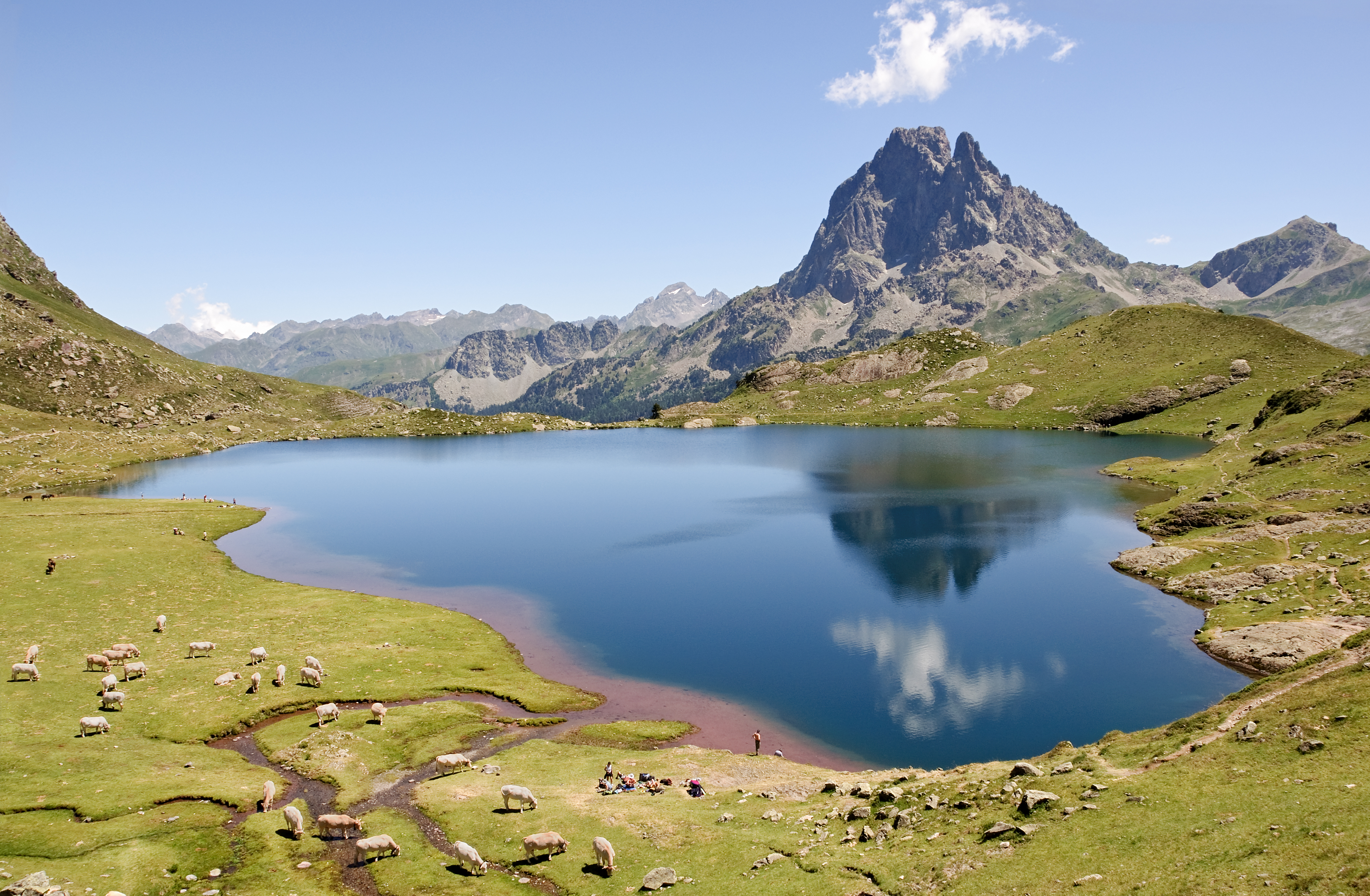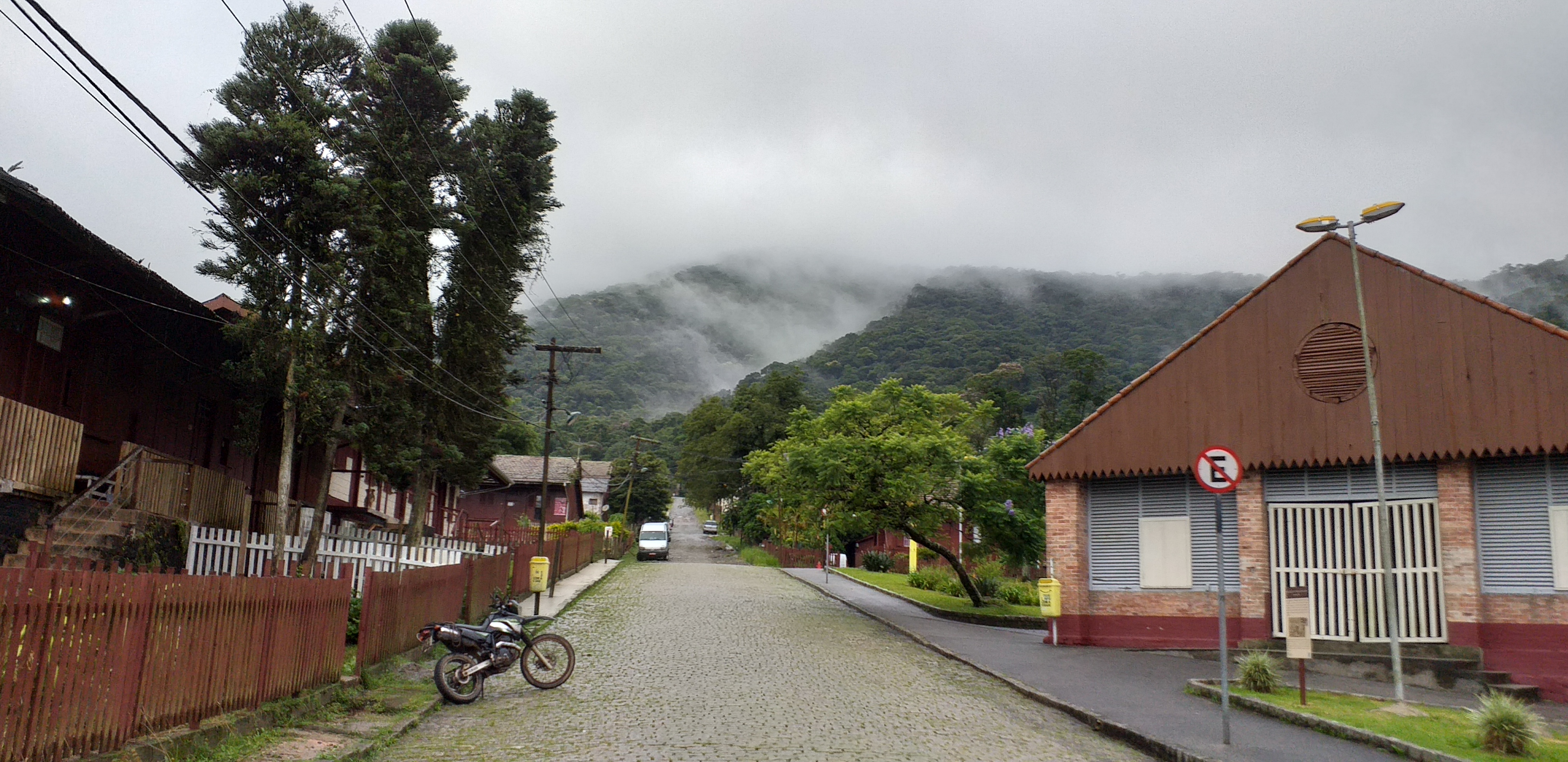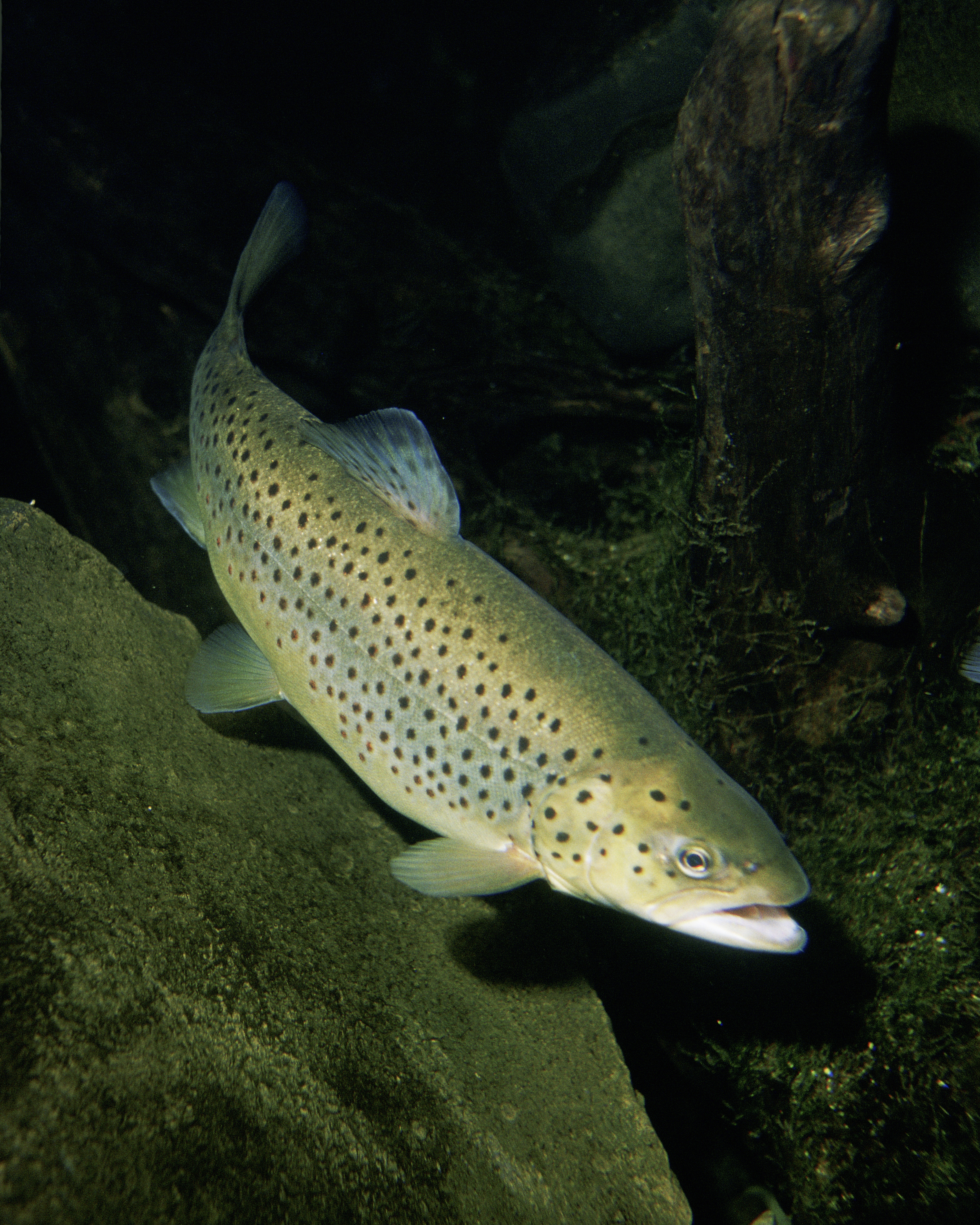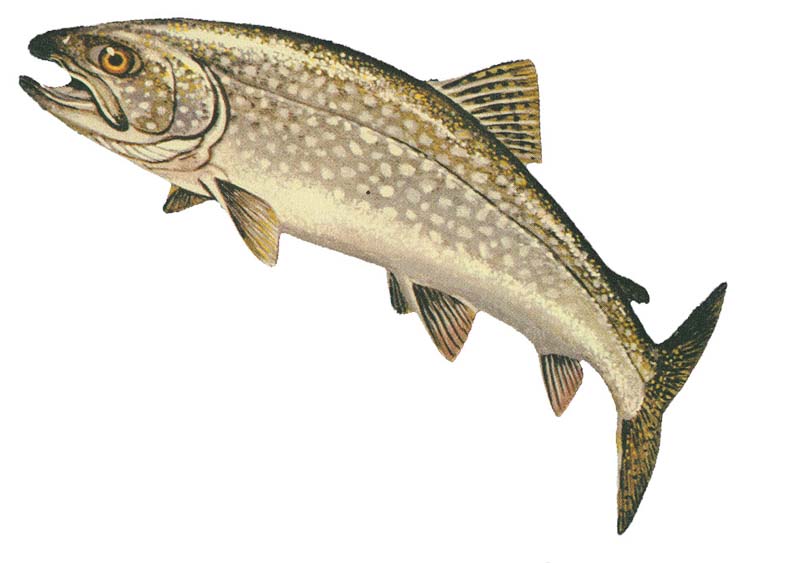|
Sandsvatn
The Sandsvatn is the largest lake on the island of Sandoy and the third largest in the Faroe Islands, measuring 0.8 km2 with a depth of 5 metres. It is situated in a valley between Skopun and Sandur, just north of the latter on Road 30. At the northern end of the lake are the island's school centre and a copse (plantation) which was badly damaged by a 1988 hurricane. The lake used to be rich in trout, lake trout and salmon. It has been called an "interesting" lake for birdwatching Birdwatching, or birding, is the observing of birds, either as a recreational activity or as a form of citizen science. A birdwatcher may observe by using their naked eye, by using a visual enhancement device like binoculars or a telescope, b .... References External links Sportsfishing in the Faroe Islands Lakes of the Faroe Islands Sandoy {{faroes-geo-stub ... [...More Info...] [...Related Items...] OR: [Wikipedia] [Google] [Baidu] |
Sandoy
Sandoy ("Sand Island") is the first of the five southern islands that make up the Faroe chain, the fifth biggest of all the Faroe Islands, an autonomous region of the Kingdom of Denmark. It also refers to the region that includes this island along with Skúvoy and Stóra Dímun. , the largest population centre on the island is the village of Sandur with a population of 532. Other settlements include Skarvanes, Skopun, Skálavík, Húsavík and Dalur. Sandoy gets its name from the large beach at Sandur, and the general sandy soil of the island. It is the only island with dunes. There are similarly named islands, Sanday in the Orkney Islands, Sanday in the Inner Hebrides and Sandøy in Norway. At present the Sandoyartunnilin is being constructed between the centre of the island and the port of Gamlarætt on Streymoy. Construction started in 2019 and is not expected to be finished before 2023. Agriculture The island is considered the best island for agriculture due to ... [...More Info...] [...Related Items...] OR: [Wikipedia] [Google] [Baidu] |
Sandur, Faroe Islands
Sandur (meaning ''sandy beach''; da, Sand) is a village on the south coast of the island of Sandoy in the Faroe Islands. The Sandur hoard of silver coins, dating to the end of the 11th century, attests to the long history of the village. In January 2020 the population stood at 532. The Municipality of Sandur consists of the village of Sandur only. It is the most populous place on the "Sand Island", and is situated on a peninsula between the lakes of Gróthúsvatn in the northwest and Sandsvatn in the northeast, facing the inlets of Grótvík and Sandsvágur in the south. History Sandur is an old site of the thing where every year the local Várting was held. Excavations here have unearthed a stave church from the 11th century, where today there is a typical Faroese wooden church with grass roof. In 1988 the modern church suffered a devastating fire in which all of the church's silver melted. The fire turned out to be arson. In the following year the church was restored, just ... [...More Info...] [...Related Items...] OR: [Wikipedia] [Google] [Baidu] |
Lakes Of The Faroe Islands
The most important lakes in the Faroe Islands are Sørvágsvatn on Vágar, Fjallavatn also on Vágar, Sandsvatn on Sandoy, Lake Eiði on Eysturoy and Lake Toftir on Eysturoy. There are many other smaller lakes across the whole country, most of them used for leisure fishing. Some of the lakes are also used for electricity production, and especially Lake Eiði near Eiði and the water systems around Vestmanna are important in this context. Also in Strond on Borðoy and at Botnur in Suðuroy there are important power-plants. The 10 largest lakes in the Faroe Islands (natural sizes) * 1. Sørvágsvatn, Vágar, 3.57 km² (This lake has two names, the other name is Leitisvatn) * 2. Fjallavatn, Vágar, 1.03 km² * 3. Sandsvatn, Sandoy, 0.82 km² * 4. Lake Toftir (''Toftavatn''), Eysturoy, 0.51 km² * 5. Lake Eiði (''Eiðisvatn''), Eysturoy, 0.47 km² (0.47 is the natural size of the lake before SEV made a dam there for their hydro-power plant; now the ... [...More Info...] [...Related Items...] OR: [Wikipedia] [Google] [Baidu] |
Faroe Islands
The Faroe Islands ( ), or simply the Faroes ( fo, Føroyar ; da, Færøerne ), are a North Atlantic archipelago, island group and an autonomous territory of the Danish Realm, Kingdom of Denmark. They are located north-northwest of Scotland, and about halfway between Norway ( away) and Iceland ( away). The islands form part of the Kingdom of Denmark, along with mainland Denmark and Greenland. The islands have a total area of about with a population of 54,000 as of June 2022. The terrain is rugged, and the Oceanic climate#Subpolar variety (Cfc), subpolar oceanic climate (Cfc) is windy, wet, cloudy, and cool. Temperatures for such a northerly climate are moderated by the Gulf Stream, averaging above freezing throughout the year, and hovering around in summer and 5 °C (41 °F) in winter. The northerly latitude also results in perpetual civil twilight during summer nights and very short winter days. Between 1035 and 1814, the Faroe Islands were part of the Kingdo ... [...More Info...] [...Related Items...] OR: [Wikipedia] [Google] [Baidu] |
Lake
A lake is an area filled with water, localized in a basin, surrounded by land, and distinct from any river or other outlet that serves to feed or drain the lake. Lakes lie on land and are not part of the ocean, although, like the much larger oceans, they do form part of the Earth's water cycle. Lakes are distinct from lagoons, which are generally coastal parts of the ocean. Lakes are typically larger and deeper than ponds, which also lie on land, though there are no official or scientific definitions. Lakes can be contrasted with rivers or streams, which usually flow in a channel on land. Most lakes are fed and drained by rivers and streams. Natural lakes are generally found in mountainous areas, rift zones, and areas with ongoing glaciation. Other lakes are found in endorheic basins or along the courses of mature rivers, where a river channel has widened into a basin. Some parts of the world have many lakes formed by the chaotic drainage patterns left over from the ... [...More Info...] [...Related Items...] OR: [Wikipedia] [Google] [Baidu] |
Skopun
Skopun (pronounced ; da, Skopen) is a town in the Faroe Islands situated on the northern coast of Sandoy. Skopun is the second-largest town on the island. Skopun Municipality consists only of the town of Skopun. History Although the area has been inhabited since the Middle Ages, Skopun was not founded until 1833. The people of Skopun did not possess any land. They subsisted on fishing, so the houses were built close to the water. In 1897, Skopun's church was constructed out of timber taken from the old church of Vestmanna. The Faroe Islands' first road was built on Sandoy in 1917, as part of a government-financed plan to improve the island's non-existent harbour facilities. It connects Skopun with Sandur, the island's main town. Skopun's harbour was built in 1926 and later extended. In 1982, the harbour was furnished with a gate which protects the dock from the sea. A 1988 hurricane destroyed the town's small wood. A car ferry used to connect Skopun with the capital, Tórshav ... [...More Info...] [...Related Items...] OR: [Wikipedia] [Google] [Baidu] |
Road 30 (Faroe Islands)
A road is a linear way for the conveyance of traffic that mostly has an improved surface for use by vehicles (motorized and non-motorized) and pedestrians. Unlike streets, the main function of roads is transportation. There are many types of roads, including parkways, avenues, controlled-access highways (freeways, motorways, and expressways), tollways, interstates, highways, thoroughfares, and local roads. The primary features of roads include lanes, sidewalks (pavement), roadways (carriageways), medians, shoulders, verges, bike paths (cycle paths), and shared-use paths. Definitions Historically many roads were simply recognizable routes without any formal construction or some maintenance. The Organization for Economic Co-operation and Development (OECD) defines a road as "a line of communication (travelled way) using a stabilized base other than rails or air strips open to public traffic, primarily for the use of road motor vehicles running on their own wheels", which ... [...More Info...] [...Related Items...] OR: [Wikipedia] [Google] [Baidu] |
Trout
Trout are species of freshwater fish belonging to the genera '' Oncorhynchus'', '' Salmo'' and '' Salvelinus'', all of the subfamily Salmoninae of the family Salmonidae. The word ''trout'' is also used as part of the name of some non-salmonid fish such as ''Cynoscion nebulosus'', the spotted seatrout or speckled trout. Trout are closely related to salmon and char (or charr): species termed salmon and char occur in the same genera as do fish called trout (''Oncorhynchus'' – Pacific salmon and trout, ''Salmo'' – Atlantic salmon and various trout, ''Salvelinus'' – char and trout). Lake trout and most other trout live in freshwater lakes and rivers exclusively, while there are others, such as the steelhead, a form of the coastal rainbow trout, that can spend two or three years at sea before returning to fresh water to spawn (a habit more typical of salmon). Arctic char and brook trout are part of the char genus. Trout are an important food source for humans and ... [...More Info...] [...Related Items...] OR: [Wikipedia] [Google] [Baidu] |
Lake Trout
The lake trout (''Salvelinus namaycush'') is a freshwater char living mainly in lakes in northern North America. Other names for it include mackinaw, namaycush, lake char (or charr), touladi, togue, and grey trout. In Lake Superior, it can also be variously known as siscowet, paperbelly and lean. The lake trout is prized both as a game fish and as a food fish. Those caught with dark coloration may be called ''mud hens''. Taxonomy It is the only member of the subgenus ''Cristovomer'', which is more derived than the subgenus '' Baione'' (the most basal clade of ''Salvelinus'', containing the brook trout (''S. fontinalis'') and silver trout (''S. agasizii'')) but still basal to the other members of ''Salvelinus''. Range From a zoogeographical perspective, lake trout have a relatively narrow distribution. They are native only to the northern parts of North America, principally Canada, but also Alaska and, to some extent, the northeastern United States. Lake trout have been ... [...More Info...] [...Related Items...] OR: [Wikipedia] [Google] [Baidu] |
Salmon
Salmon () is the common name In biology, a common name of a taxon or organism (also known as a vernacular name, English name, colloquial name, country name, popular name, or farmer's name) is a name that is based on the normal language of everyday life; and is often contra ... for several list of commercially important fish species, commercially important species of euryhaline ray-finned fish from the family (biology), family Salmonidae, which are native to tributary, tributaries of the North Atlantic (genus ''Salmo'') and North Pacific (genus ''Oncorhynchus'') basin. Other closely related fish in the same family include trout, Salvelinus, char, Thymallus, grayling, Freshwater whitefish, whitefish, lenok and Hucho, taimen. Salmon are typically fish migration, anadromous: they hatch in the gravel stream bed, beds of shallow fresh water streams, migrate to the ocean as adults and live like sea fish, then return to fresh water to reproduce. However, populations of several spe ... [...More Info...] [...Related Items...] OR: [Wikipedia] [Google] [Baidu] |
Birdwatching
Birdwatching, or birding, is the observing of birds, either as a recreational activity or as a form of citizen science. A birdwatcher may observe by using their naked eye, by using a visual enhancement device like binoculars or a telescope, by listening for bird sounds, or by watching public webcams. Most birdwatchers pursue this activity for recreational or social reasons, unlike ornithologists, who engage in the study of birds using formal scientific methods. Birding, birdwatching, and twitching The first recorded use of the term ''birdwatcher'' was in 1901 by Edmund Selous; ''bird'' was introduced as a verb in 1918. The term ''birding'' was also used for the practice of ''fowling'' or hunting with firearms as in Shakespeare's ''The Merry Wives of Windsor'' (1602): "She laments sir... her husband goes this morning a-birding." The terms ''birding'' and ''birdwatching'' are today used by some interchangeably, although some participants prefer ''birding'', partly because ... [...More Info...] [...Related Items...] OR: [Wikipedia] [Google] [Baidu] |





